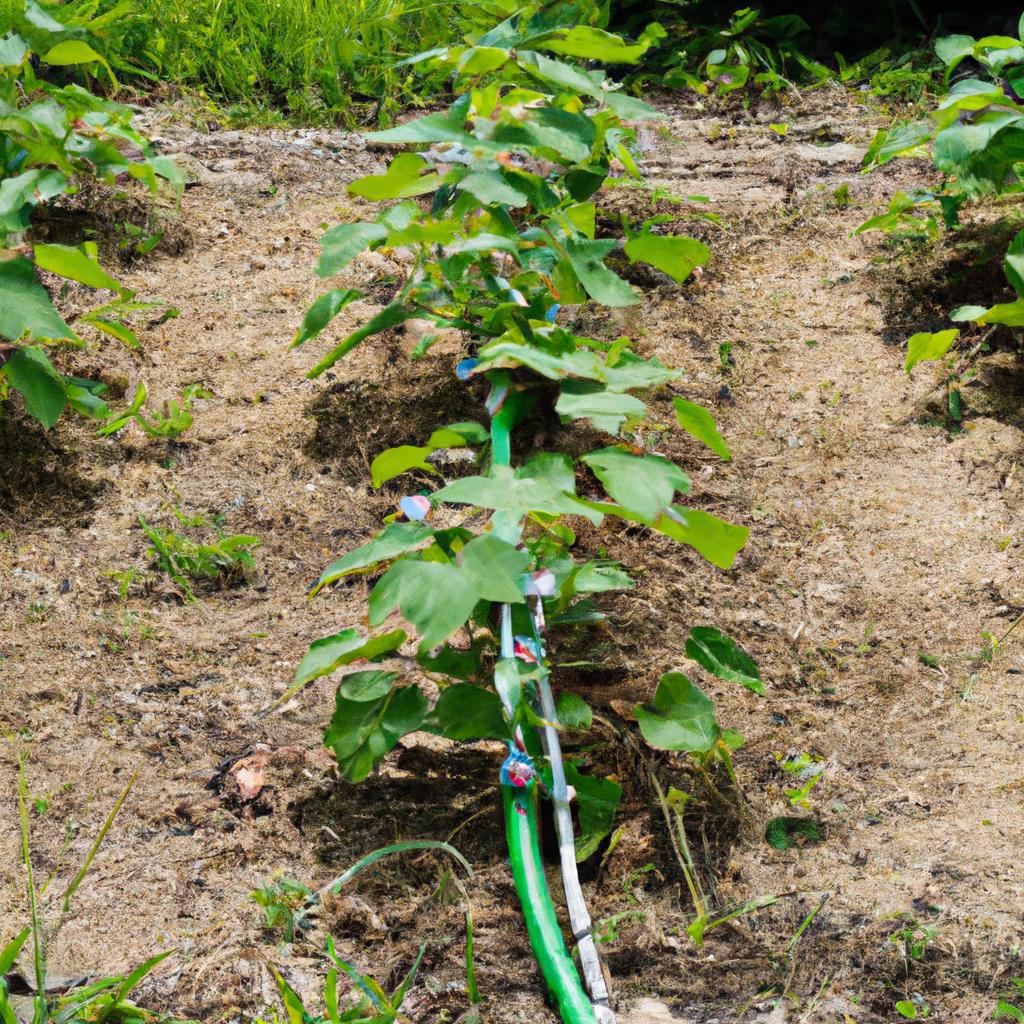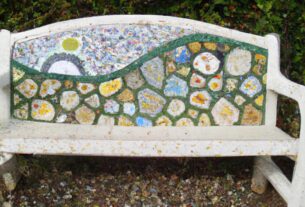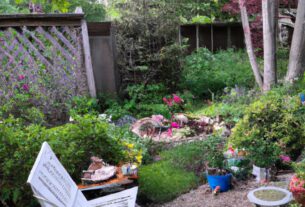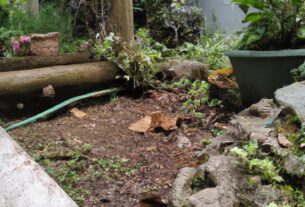Gardening is a wonderful way to connect with nature and enjoy the beauty of the outdoors. However, it can also be quite water-intensive, especially in regions prone to droughts. Luckily, there are several effective water-saving techniques that gardeners can employ to maintain a lush and healthy garden while minimizing their water usage.
Mulching: A Simple and Effective Technique
Mulching is a straightforward yet powerful technique that can significantly reduce water consumption in gardening. It involves layering organic materials like leaves, straw, or wood chips on the soil around plants. Mulch helps retain moisture by reducing evaporation and blocking direct sunlight that can dry out the soil.
Definition of Mulching
Mulching is the process of covering the soil around plants with a layer of organic material such as leaves, straw, wood chips, or shredded bark.
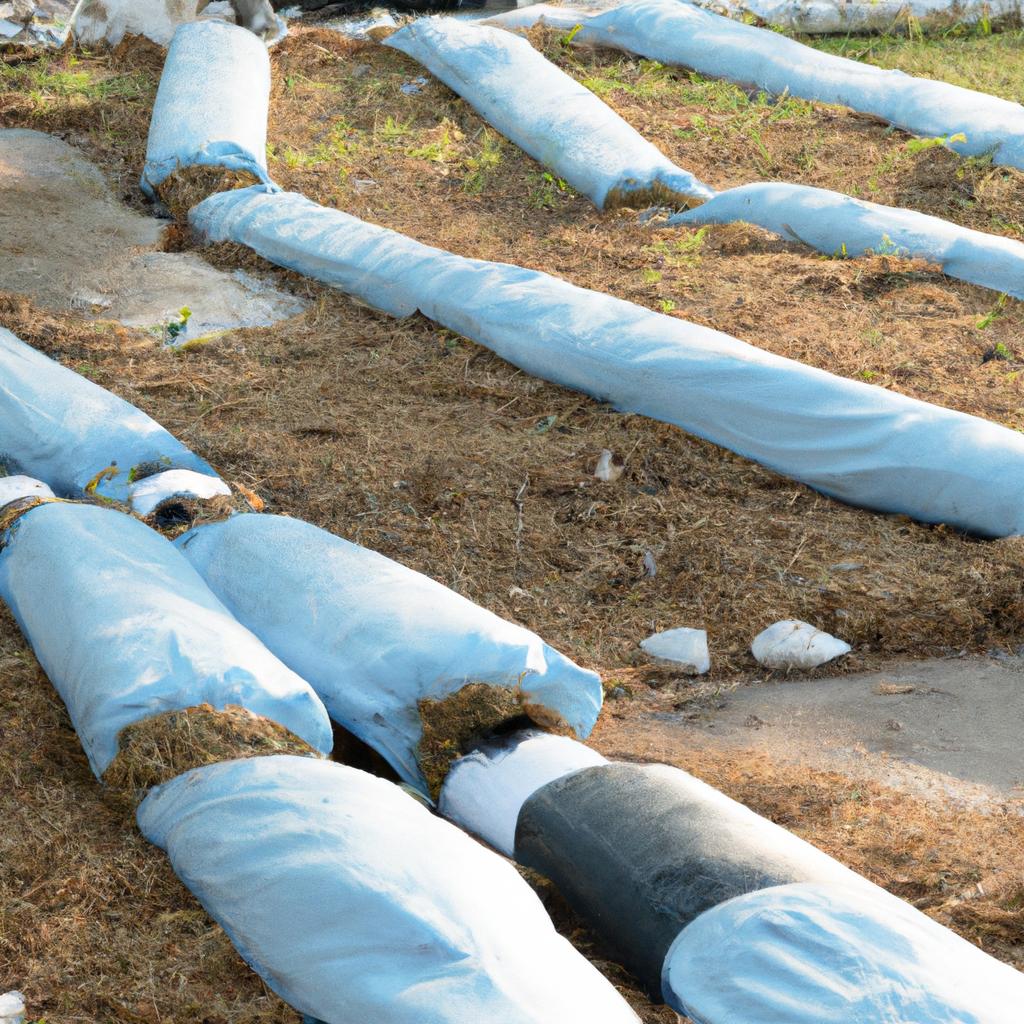
Types of Mulch
There are two main types of mulch: organic and inorganic. Organic mulch is made from natural materials like leaves, straw, and wood chips, while inorganic mulch is made from synthetic materials such as plastic and rubber.
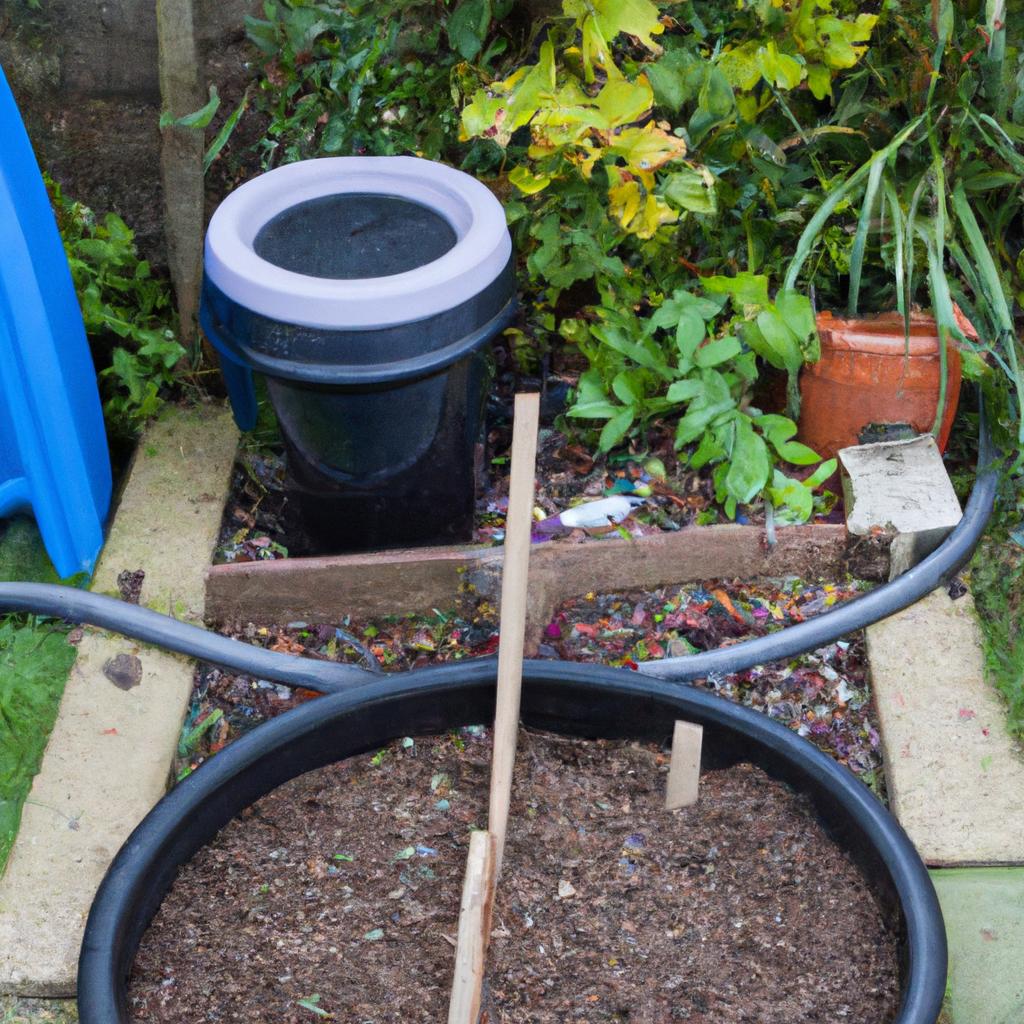
Benefits of Mulching
Mulching offers several benefits for gardening, including:
- Retaining moisture in the soil, reducing the need for watering
- Regulating soil temperature, keeping it cooler in hot weather and warmer in cold weather
- Suppressing weed growth, reducing the need for herbicides
- Preventing soil erosion, protecting against wind and rain
- Improving soil fertility as the organic material breaks down and adds nutrients
How to Mulch
To effectively mulch your garden, follow these steps:
- Clear any weeds or debris from the soil surface.
- Spread a layer of mulch around the plants, keeping it a few inches away from the plant stems.
- Ensure the mulch is evenly spread, neither too thick nor too thin.
- Thoroughly water the mulch to help it settle in place.
- Reapply mulch as needed throughout the growing season.
Drip Irrigation: Efficient Water Delivery
Drip irrigation is another efficient water-saving technique for gardening. It involves a system of tubes and emitters that deliver water directly to the roots of plants, minimizing water loss from evaporation and runoff.
Definition of Drip Irrigation
Drip irrigation is a method of watering plants that delivers water slowly and evenly to the plants’ roots through a system of tubes and emitters. This ensures minimal water loss and a consistent supply of water to the plants.
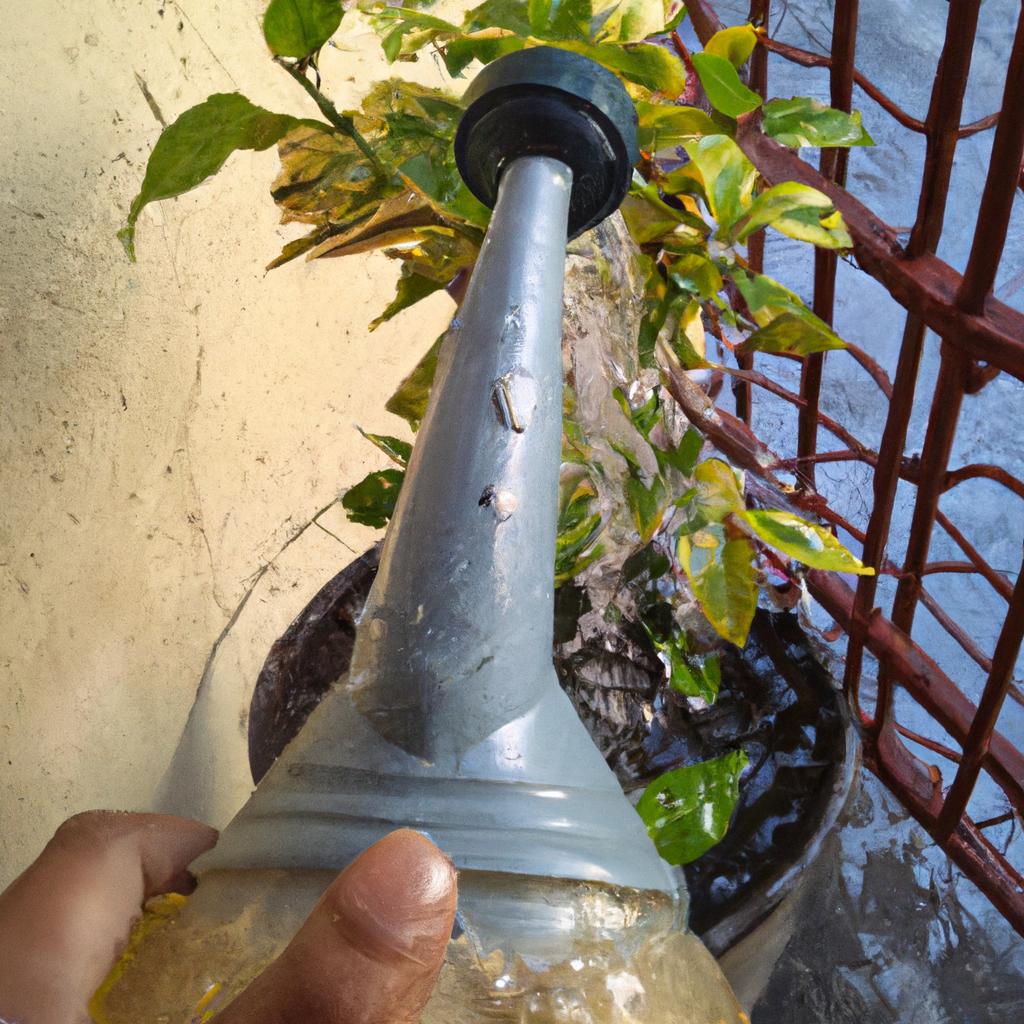
Types of Drip Irrigation
There are two main types of drip irrigation systems: surface drip irrigation and subsurface drip irrigation. Surface drip irrigation places the tubes and emitters on the soil surface, while subsurface drip irrigation buries them underground.
Benefits of Drip Irrigation
Drip irrigation provides several advantages for gardening:
- Conserves water by minimizing evaporation and runoff
- Reduces weed growth by delivering water directly to the plants’ roots
- Improves plant growth and health by ensuring a consistent supply of water and nutrients
- Saves time and effort by automating the watering process
How to Set Up Drip Irrigation
To set up a drip irrigation system effectively, follow these steps:
- Plan your system by deciding on the layout and the number and location of emitters.
- Obtain the necessary materials, including tubing, emitters, connectors, and other components.
- Install the tubing along the rows of plants, securing it in place.
- Attach the emitters to the tubing at desired locations.
- Connect the tubing to a water source, such as a faucet or hose.
- Test the system for leaks or other issues.
- Fine-tune the layout and settings to ensure each plant receives the right amount of water.
Rainwater Harvesting: Making the Most of Nature’s Gift
Rainwater harvesting involves collecting and storing rainwater for later use. This technique can supplement or replace traditional water sources in gardening, reducing the demand for municipal water and conserving natural resources.
Definition of Rainwater Harvesting
Rainwater harvesting entails collecting rainwater from rooftops, gutters, and other surfaces and storing it in containers for later use. The collected water can be used for watering plants, washing cars, and other non-potable applications.
Benefits of Rainwater Harvesting
Rainwater harvesting offers several benefits for gardening:
- Reduces water bills and dependence on municipal water
- Conserves natural resources and minimizes environmental impact
- Provides a water source during droughts and water shortages
- Improves soil quality by reducing the use of chlorinated water
How to Collect Rainwater
To collect rainwater effectively, follow these steps:
- Install a rain barrel or another collection system beneath downspouts or gutters.
- Position the barrel or container on a stable and level base.
- Connect a hose to the spigot on the container.
- Utilize the collected water for plant watering or other non-potable applications.
In conclusion, utilizing water-saving techniques is crucial for maintaining vibrant gardens while conserving water and protecting the environment. By implementing mulching, drip irrigation, rainwater harvesting, plant selection, soil preparation, and watering schedules, gardeners can significantly reduce water usage without compromising on the beauty of their gardens.
At TooLacks, we are committed to promoting sustainable and eco-friendly practices in all aspects of life, including gardening. Join us in our mission to conserve water and protect our planet. Visit TooLacks to learn more.
